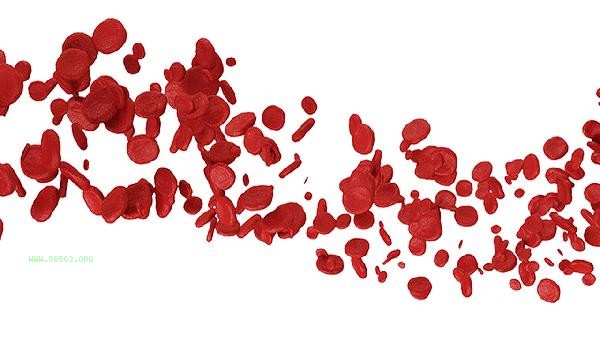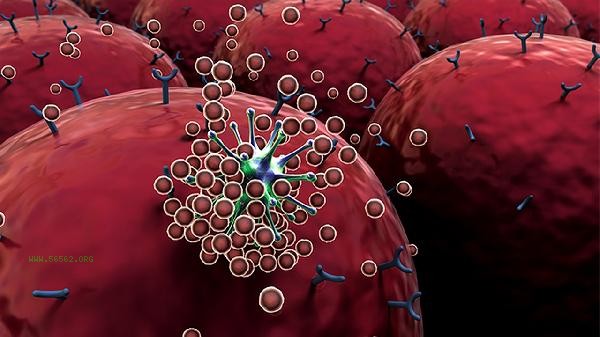Elevated red blood cells in children may be related to physiological or pathological factors. Common causes include high-altitude living, intense exercise, congenital heart disease, polycythemia vera, kidney disease, etc. An increase in red blood cell count may indicate blood concentration, hypoxia compensation, or abnormal bone marrow proliferation, and should be judged comprehensively based on indicators such as hemoglobin and hematocrit.

1. Physiological factors
Low oxygen environment in high-altitude areas can stimulate an increase in red blood cell production, which is a normal compensatory response. After intense exercise, fluid loss may lead to temporary blood concentration, and insufficient water intake before examination can also cause similar results. This type of situation usually does not require special treatment. It is recommended to maintain normal drinking water and rest before re examination, and avoid vigorous exercise.
2. Congenital heart disease
Cyanosis type congenital heart disease may lead to chronic hypoxia and stimulate increased secretion of erythropoietin. The child may experience symptoms such as cyanosis of the lips and shortness of breath after physical activity. Diagnosis should be made through cardiac ultrasound. Mild cases can be treated with digoxin oral solution to improve heart function, while severe cases require surgical intervention such as ventricular septal defect repair.
3. Polycythemia vera
is a myeloproliferative disease that can cause autonomous proliferation of red blood cells, which may be accompanied by symptoms such as headache and skin itching. Diagnosis requires JAK2 gene testing, treatment can use hydroxyurea tablets to control cell proliferation, and if necessary, interferon alpha-2b injection can be used to regulate hematopoietic function. Regular monitoring of thrombus risk is necessary.

4. Renal diseases
Kidney cysts or tumors may secrete erythropoietin abnormally. The child may experience symptoms such as elevated blood pressure and changes in urine output. Renal ultrasound and renal function examination are required. Renal blastoma requires a combination of Changchun alkaloids injection and surgery. Laparoscopic decompression surgery may be considered for renal cysts.
5. Other pathological factors
Endocrine diseases such as Cushing's syndrome, dehydration after burns, and long-term glucocorticoid treatment may all cause an increase in red blood cells. It is necessary to determine the cause through cortisol testing, burn area assessment, etc. Secondary factors should be mainly treated for the primary disease, while monitoring blood viscosity to prevent complications. When a child's red blood cell count is found to be high, parents should record their child's recent activity, water intake, and accompanying symptoms. Ensure sufficient drinking water before rechecking blood routine and avoid fasting blood collection in the morning. Pay attention to daily observation for symptoms such as dizziness and flushing, control intake of high-speed rail foods, and regularly follow up on blood routine and hemorheological indicators. If there are persistent abnormalities, further examinations such as bone marrow puncture and genetic testing should be conducted, and individualized plans should be developed by hematologists or pediatricians.









Comments (0)
Leave a Comment
No comments yet
Be the first to share your thoughts!